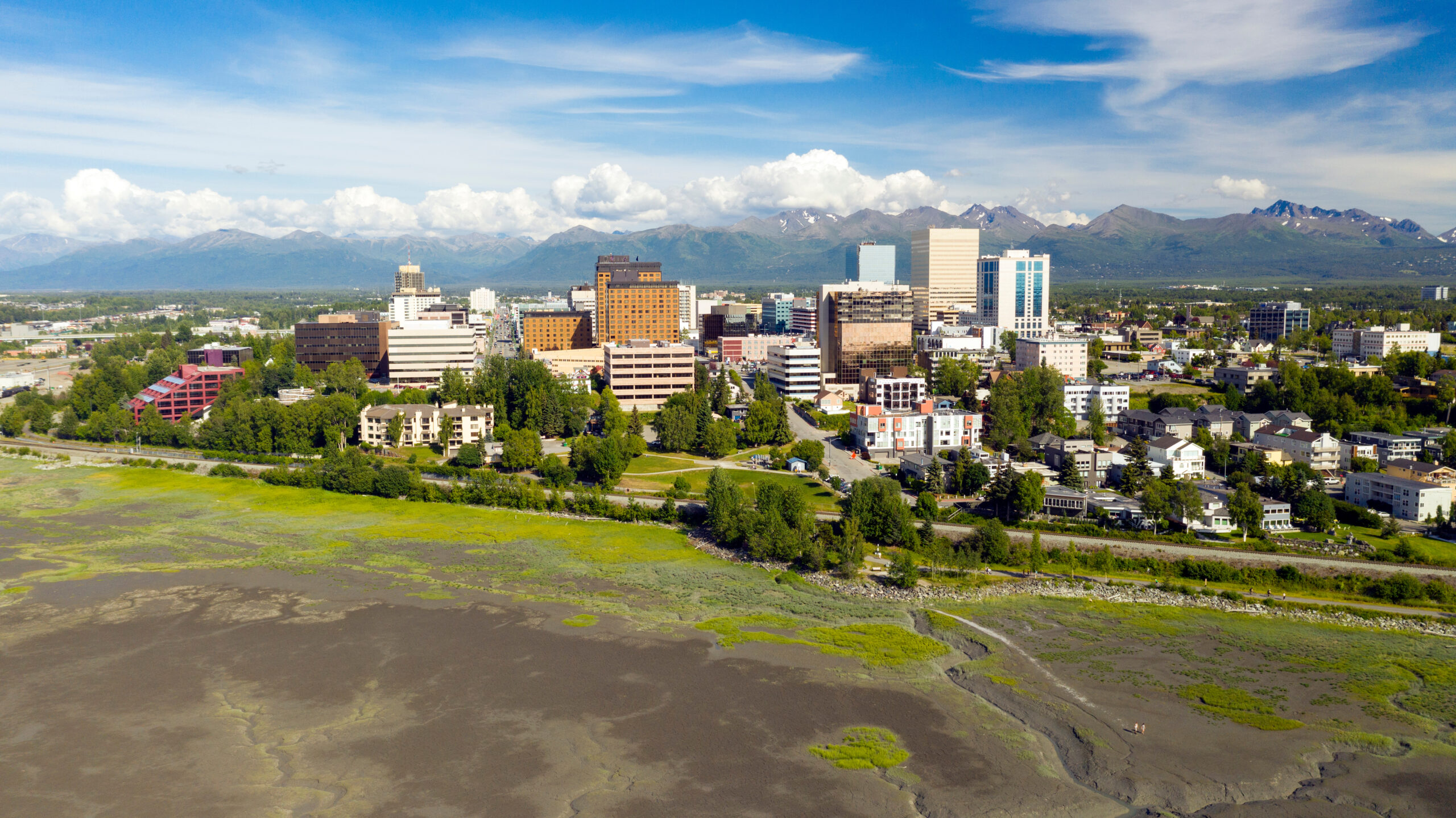FEMA HAZARD MITIGATION ASSISTANCE (HMA) PROGRAMS
A proactive approach to reduce risks associated with hazards through mitigation tactics and programs
Hazard Mitigation Grant Program (HMGP)
HMGP funding is used to provide protection to undamaged parts of a facility or to prevent or reduce damages caused by future disasters. The state receives a portion of the total federal share of the declared disaster damage amount (approx. 15%-20%), which it uses to fund projects throughout the state. Usually, funds are slated for affected areas, but can be opened statewide. Contact your state emergency management agency for information on where funding will be allocated.
The entire state — not just declared counties — may qualify for HMGP funding for mitigation projects. When only portions of the facility were damaged by the current disaster event, HMGP grant funding may be used in conjunction with 406 (public assistance) mitigation funds to bring an entire facility to a higher level of disaster resistance. The HMGP grant is managed by the prime recipient using federal matching funds as provided for in the Robert T. Stafford Disaster Assistance and Emergency Management Act.
All sub-applicants for HMGP must have a FEMA-approved mitigation plan at the time of obligation of funds for mitigation projects.
Section 406 Mitigation – Public Assistance Program
If your facility suffers earthquake, hurricane, or flood damage or other destruction from disaster and is eligible for permanent repairs, you may also be eligible for additional cost-shared assistance under Section 406 of the Stafford Act for cost-effective measures that will prevent future damage to your facility. FEMA strongly encourages you to consider hazard mitigation measures as part of the repair and restoration of your facility. While your basic funding will return your facilities to their pre-disaster design, a hazard mitigation plan will improve on the pre-disaster design (upgrades required to meet applicable codes and standards are part of your basic eligible restoration work and are not considered hazard mitigation measures).
A hazard mitigation proposal is a written description and cost estimate of what it will take to repair the damage in such a way as to prevent it from happening again. The proposal is submitted with the project worksheet and describes in detail the additional work and cost associated with the mitigation measure.
Mitigation measures can be technically complex and must be thoroughly evaluated for feasibility; therefore, you may want to ask your FEMA Public Assistance representative for assistance in identifying hazard mitigation measures or in drafting a proposal.
Benefit Cost Analysis (BCA)
A BCA is a method for determining the potential beneficial effects of a mitigation measure and comparing them to the cost of that measure. The desired result is a reduction in future damages from possible hazards.
BCAs may also be used to evaluate alternative projects to determine the best alternative measure. The result is a benefit cost ratio (BCR), which is derived from a project’s total net benefit, divided by its total cost. The BCR is a numerical expression of the cost-effectiveness of the project. BCR’s of 1.0 or greater have higher benefits than costs and are therefore considered cost-effective.
A BCA is an important part of the funding of a mitigation measure. Tidal Basin assists organizations in completing BCA’s and the overall mitigation application.
Flood Mitigation Assistance (FMA)
The Flood Mitigation Assistance (FMA) Program is a grant program that provides funding to states, local communities, tribes, and territories. The funds may be used for projects that reduce or eliminate the risk of repetitive flood damage to buildings insured by the National Flood Insurance Program. FEMA identifies recipients based on the applicant’s ranking, eligibility, and cost-effectiveness of the project. Eligible applicants must apply for funding using the FEMA Grants Outcome (FEMA GO) portal and submit their application before the annual January deadline.
Eligible applicants will receive financial aid for:
- Technical assistance
- Capability and capacity building (C&CB)
- Mitigation projects
- Management costs
COVID-Related Hazard Mitigation Grant Program (HMGP)
The Hazard Mitigation Grant Program (HMGP) is $3.46 billion in mitigation funding for 59 major disaster declarations for the COVID-19 global pandemic. Each state, tribe, and territory that received a major disaster declaration in response to COVID-19 is eligible to receive 4% of those disaster costs to invest back into mitigation projects that specifically reduce risks from natural disasters. This funding helps communities address mitigation needs for a more resilient future, prioritizing underserved communities that are most vulnerable to the impacts of climate change.
Tidal Basin’s mitigation team has extensive experience managing COVID-specific HMGP projects and understands the roadblocks communities may face when navigating the available funding. Our team will help you streamline these funds to aid the underserved and ensure the projects are addressing other unmet mitigation needs.
Take a look at our real-world applications
Connect with us
Your knowledge of the complex governmental regulations and equally complex insurance and adjusting issues really helped the county maximize the public assistance that was available after all of these disasters. You delivered what you promised, and we are confident in your ability and the ability of your firm to provide these services fully on a technical and professional level yet be able to translate clearly and concisely the intricate and sometimes subjective FEMA regulations which we could not have done without you.
The State of Alaska…[has] a significant investment in the disaster recovery process for both state and federally declared events…. The collaboration with Tidal Basin in these efforts has been so successful and seamless that in most instances applicants and FEMA staff don’t even realize we have contractors on board unless we tell them. Our interaction with Tidal Basin staff and managers works and feels like true teammates and the result is a faster, more comprehensive delivery of disaster recovery resources to survivors.
Months after the storm passed, the County was still faced with tremendous burdens related to the insurance coverage issues and FEMA and MEMA eligibility issues. Jackson County hired your organization to provide professional services for disaster assistance, remediation, restoration and recovery efforts….Their expertise with governmental regulations, the complex FEMA process and insurance adjustments resulted in our successful claim for over $2 million in additional FEMA Public Assistance funding specifically; in our successful negotiations with our insurance carrier; and in numerous other increases in the values FEMA and MEMA initially designated for County projects. Jackson County will always be mindful of the help we received from you when we needed it most.


